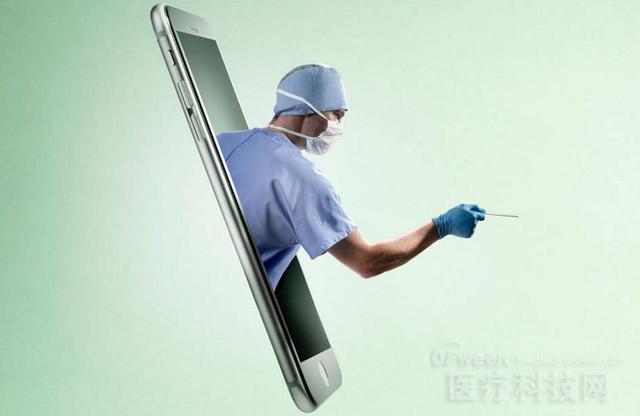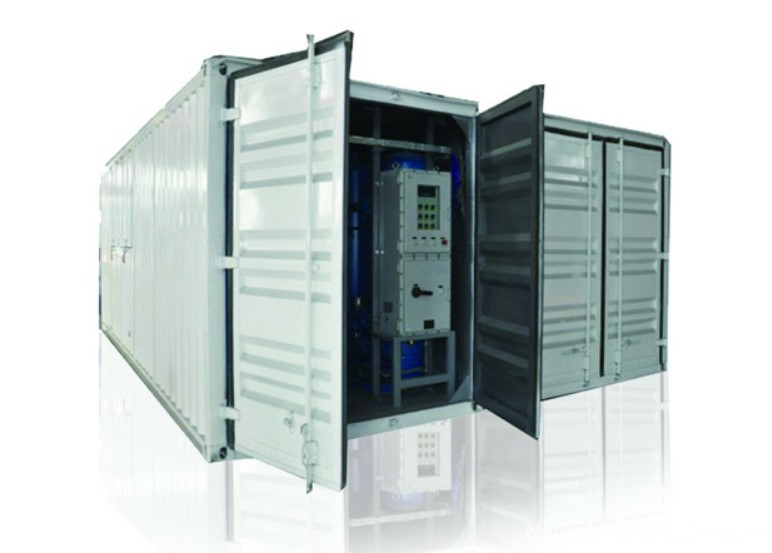On June 28th, after years of hard work, telemedicine finally showed its potential.
Driven by factors such as faster Internet links, a wide range of common smartphones, and changing insurance standards, more and more healthcare providers are looking for electronic communications to do their jobs, a move that has revolutionized traditional Health care methods.
Doctors can communicate and communicate with patients through facilities such as telephone, email and webcam. At the same time, doctors can communicate with each other through these facilities to make timely medical decisions about diseases such as heart disease and stroke. In addition, patients use these new facilities to transmit their blood, heart rate and other important information to doctors so they can complete treatment for chronic conditions at home.
In addition, in areas where medical professionals are extremely scarce, telemedicine can also play a larger role, and experts can provide services to these areas through telemedicine.
Every day, Doctors Without Borders transmits the difficult problems associated with doctors in Niger, South Sudan and other regions to a network of more than 280 experts worldwide, transmitting 5 to 10 times a day, and then again. Feedback is sent back to doctors in these areas via the Internet.
In a place on the outskirts of St. Louis, doctors and nurses at the Mercy Virtual Medical Service Center are busy day and night, providing intensive care units and emergency wards for 38 small hospitals from North Carolina to Oklahoma. And various other support needed for emergency treatment. In these small hospitals, there is a shortage of professional doctors on duty around the clock. The Mercy Virtual Medical Service Center is actually a “bed without a bedâ€.
In the remote intensive care area, intensive care physicians sit in front of an oversized video monitor, which has been busy collecting detailed data from each intensive care unit and capturing some of the serious symptoms of critically ill patients. If a patient needs care, then Mercy's doctors can zoom in through the dual-track camera to better focus on the subtle information on the patient's IV bag.
Vinaya Sermadevi, an intensive care specialist, said, “This is like being at the patient's bedside – I don't use the electrode plate to shock the patient, but I am able to instruct the nurse there.â€
Last year, the intensive care unit monitored by experts at Mercy Virtual Medical Center ushered in a 35% reduction in average hospital stay and a 30% lower mortality rate than expected. In this regard, Randy Moore, president of Mercy Virtual Medical Center, said, “That is to say, with the help of telemedicine, a large number of critically ill patients did not die, but recovered home.â€
According to data from the American Telemedicine Association, with the rapid spread of telemedicine, more than 15 million Americans have received different levels of telemedicine services last year. The association also expects this number to increase by 30% this year.
Of course, this is not to say that telemedicine can fully enter every corner of the medical industry . A recent survey by HealthMine on 500 technology-savvy consumers showed that 39% of respondents have not heard of telemedicine or telemedicine, and 42% said they prefer face-to-face See a doctor. In a survey of 1,500 family doctors, 15% of respondents said they used telemedicine in the medical process, and 90% said they would use telemedicine if necessary. .

Another outstanding problem is that telemedicine still faces some important problems and challenges. As far as the United States is concerned, the regulatory policies for telemedicine in the states are also very different. Doctor organizations are publishing different guidelines to introduce where to use telemedicine services and to introduce appropriate forms of telemedicine services.
At the same time, some critics have questioned whether the quality of telemedicine will increase as the service expands rapidly. There are also some questions about what kind of compensation a teleservice medical staff should receive. In fact, different medical plans have different insurance coverage, and the large federal plan only covers a very small range of services.
The future of telemedicine will depend on how regulators, service providers, payers and patients can and can handle the following challenges and issues.
Removable Oxygen Cylinder Filling System
Removable Oxygen Cylinder Filling System
Compressed air is purified through the air dryer and filters to a certain level for main plant to work with. Air buffer is incorporated for smooth supply of compressed air thus to reduce fluctuation of compressed air source. The plant produces oxygen with PSA (pressure swing adsorption) technology, which is a time proven oxygen generation method. Oxygen of desired purity at 93%±3% is delivered to oxygen buffer tank for smooth supply of product gas. Oxygen in buffer tank is maintained at 4bar pressure and fill in cylinder with an oxygen booster and compress the oxygen purity to 150bar.
With a customized container, all the parts can be involved in, and removable with a vehicle.

Removable Oxygen Cylinder Filling System,Oxygen For Cylinder Filling,Oxygen Refilling,Oxygen Bottle Refilling Plant
Hunan Eter Medical Co., Ltd. , https://www.eter-tech.com